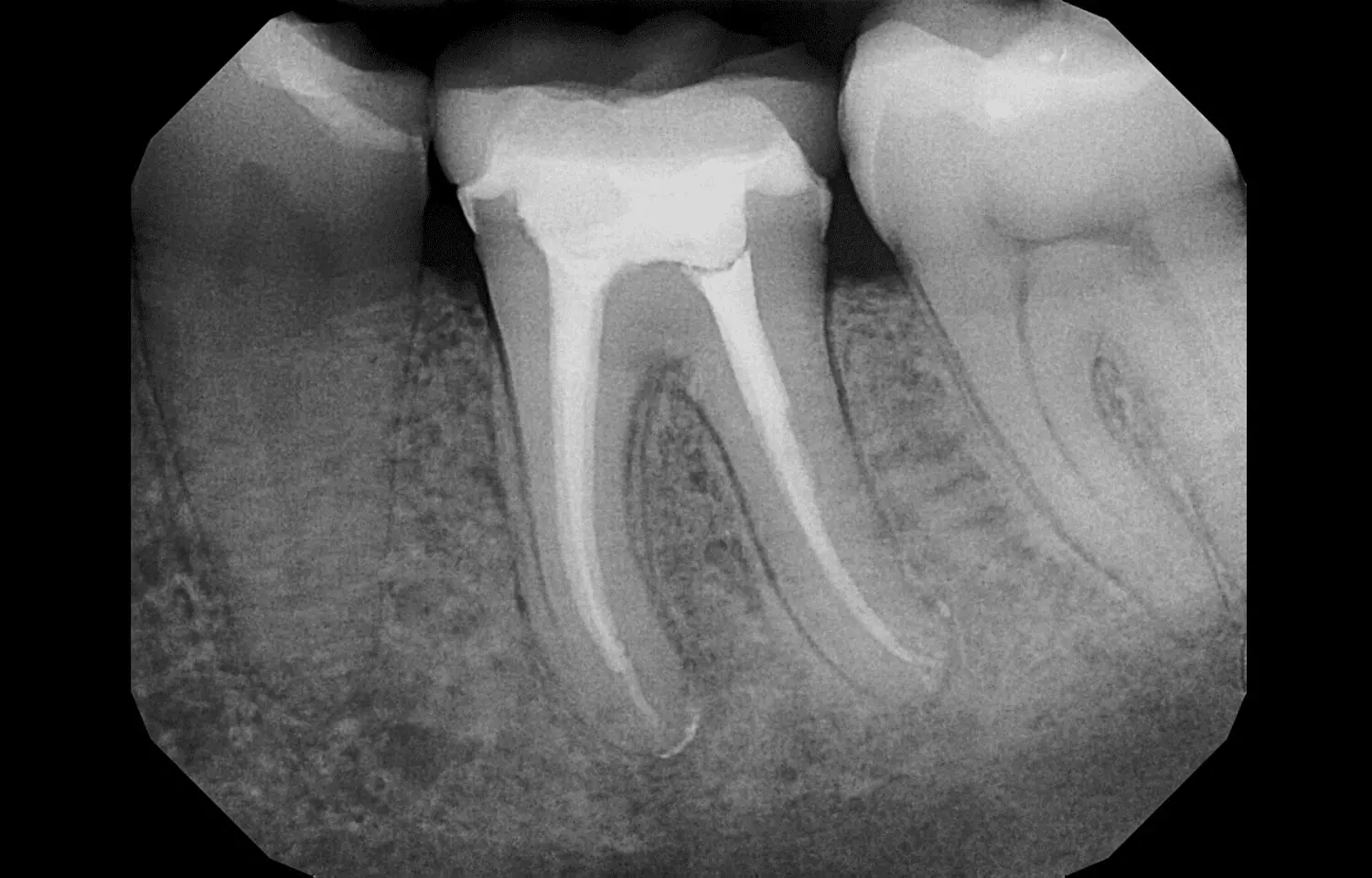Rotary Instrumentation May Improve Pediatric Root Canal Outcomes, but Standardized Research Needed: Study

A new study suggests that using rotary instrumentation in root canal treatments for primary teeth could improve obturation quality and postoperative comfort in children. The findings indicate potential benefits over traditional hand instrumentation, including more consistent filling of root canals and reduced discomfort after the procedure.
However, researchers noted that the current evidence base is limited. Few high-confidence systematic reviews exist, and studies often use varied outcome measures, making it difficult to draw definitive conclusions. This lack of standardization in pediatric endodontic research hinders direct comparison between trials and weakens the ability to create evidence-based guidelines.
The authors recommend developing and adopting standardized protocols for outcome reporting in pediatric root canal studies. Consistent methodology, they argue, would help clarify whether rotary systems should be adopted as a standard approach in managing primary teeth requiring endodontic care.
For now, while rotary instrumentation shows promise, clinicians are advised to weigh individual patient needs, operator skill, and equipment availability until more rigorous, uniform research is available.
Reference:
Swaminathan K, Shan S, Kirubakaran E, et al. (July 06, 2025) Cleaning Effectiveness and Postoperative Pain Associated With Rotary Instrumentation in Primary Teeth: An Umbrella Review of Systematic Evidence. Cureus 17(7): e87369. doi:10.7759/cureus.87369
Keywords: Rotary instrumentation, pediatric dentistry, primary teeth, root canal, obturation quality, postoperative comfort, endodontics, standardized research



